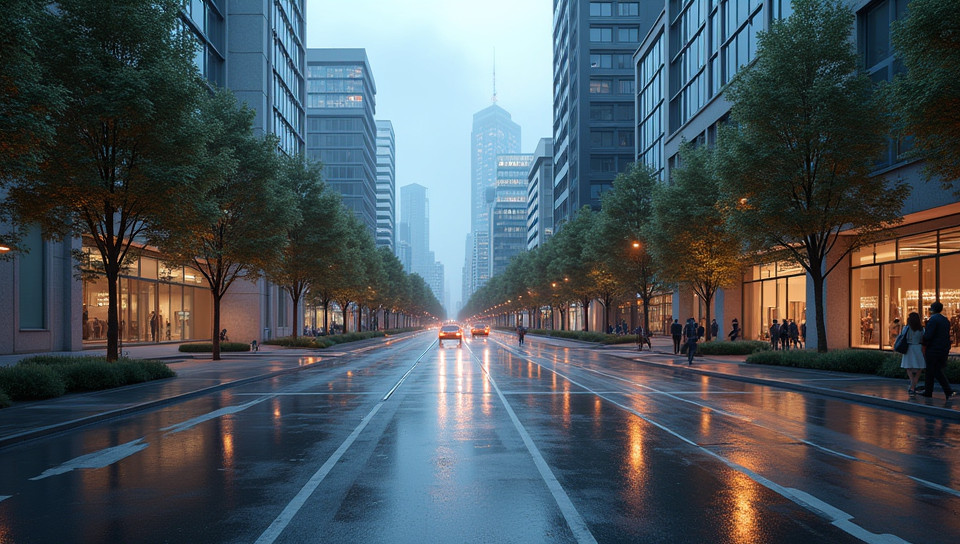Researchers analyze soundscape data to understand urban environments 84%

Unraveling the Hidden Rhythms of Urban Life
As we navigate through our daily routines, surrounded by the hum of traffic, chatter of pedestrians, and wail of sirens, it's easy to overlook the intricate soundscape that defines our urban environment. However, researchers are now using sound data to gain a deeper understanding of these complex ecosystems, and their findings are shedding new light on the ways in which we interact with our surroundings.
The Rise of Soundscape Ecology
In recent years, the field of soundscape ecology has emerged as a distinct area of study, focusing on the acoustic characteristics of different environments. By analyzing sound data collected from various locations, researchers can identify patterns and trends that reveal insights into urban dynamics, such as population density, economic activity, and even social behavior.
The Power of Sound Data
Soundscape data can be obtained through various methods, including:
- Field recordings using specialized equipment
- Citizen science projects, where volunteers collect audio samples
- Existing databases and archives of sound files
This data is then analyzed using advanced techniques such as machine learning algorithms and acoustic ecology metrics. By applying these tools to soundscapes from different cities and regions, researchers can identify common characteristics and differences that reflect unique aspects of each environment.
Uncovering Urban Trends
Studies have shown that soundscape analysis can reveal a range of urban trends, including:
- Increased noise pollution in areas with high population density
- Changes in sonic landscapes over time, reflecting shifts in economic or social activity
- Correlations between sound characteristics and specific demographics, such as age or income level
These findings highlight the potential of soundscape ecology to inform urban planning decisions, improve quality of life for residents, and promote more sustainable development.
The Future of Soundscape Research
As the field continues to evolve, we can expect to see even more innovative applications of soundscape analysis. From developing noise mitigation strategies to creating immersive soundscapes that reflect the unique character of a city, researchers are pushing the boundaries of what is possible with this data-driven approach.
Conclusion
By delving into the hidden rhythms of urban life, researchers are uncovering new insights into the complex interactions between humans and their environments. As we move forward in this field, it's clear that soundscape analysis will play an increasingly important role in shaping our understanding of urban ecosystems and informing more sustainable, livable cities for all.
- Created by: Marcia Santos
- Created at: Jan. 15, 2025, 2:34 p.m.
- ID: 17910



